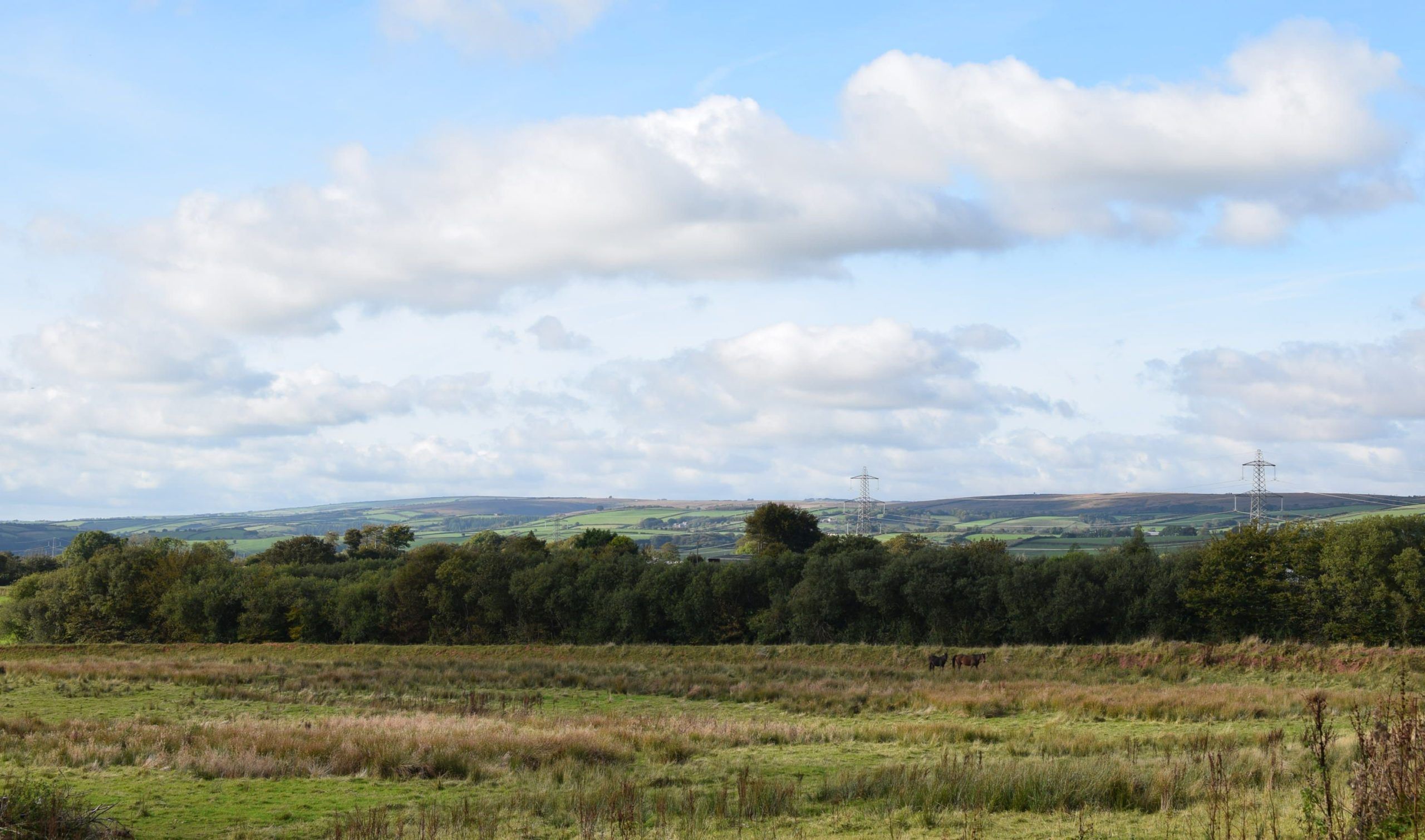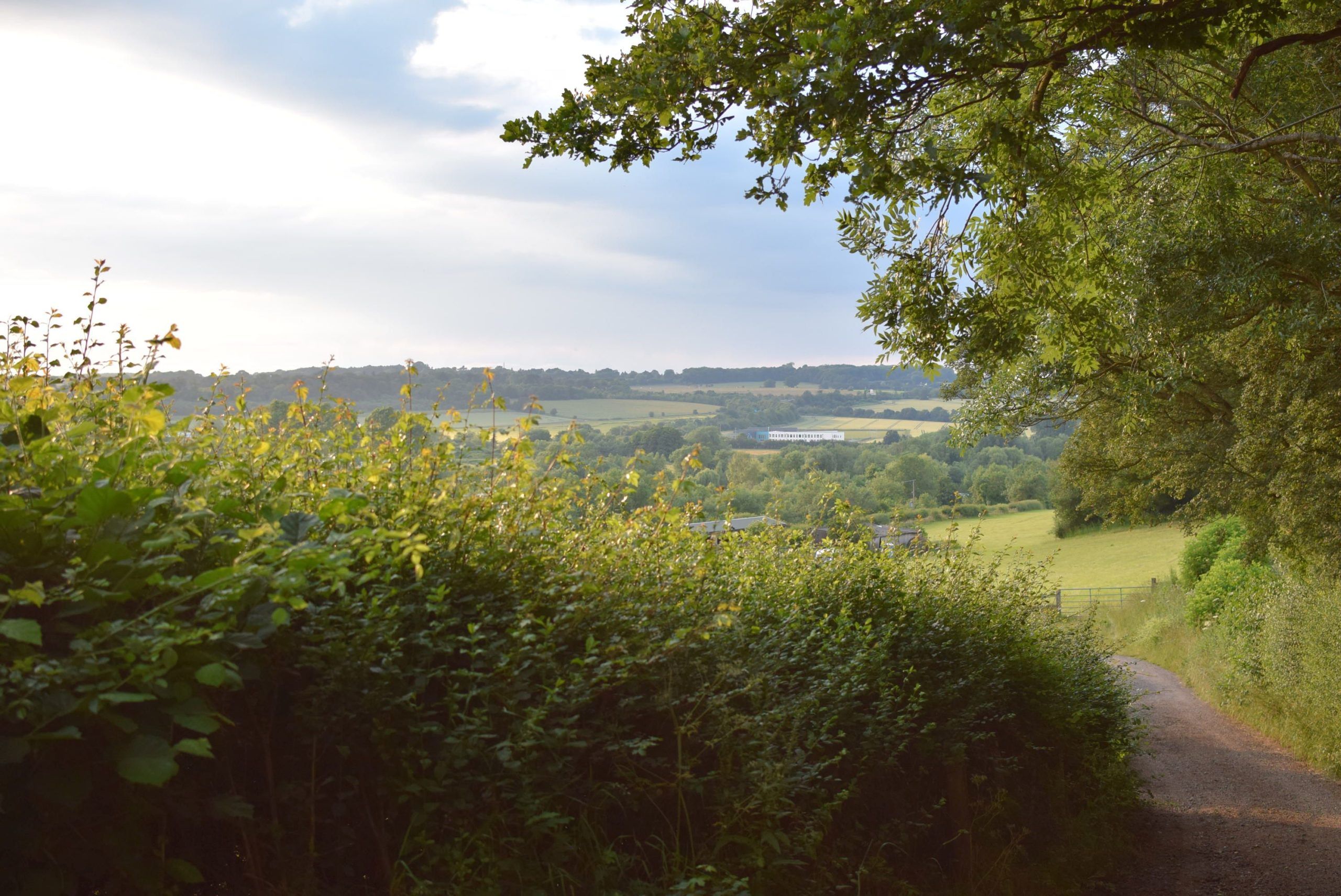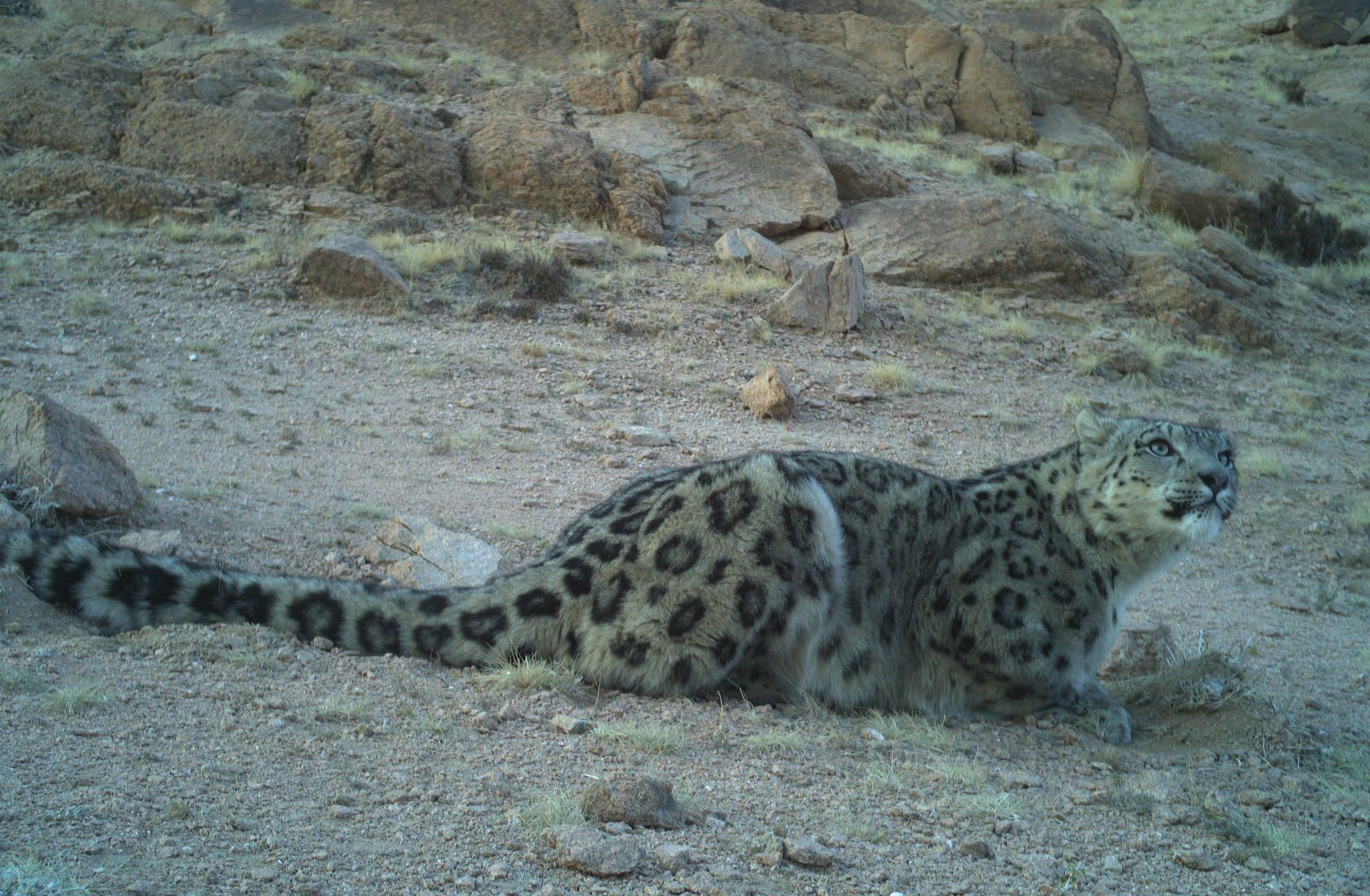News
Search by topic
Earlier this month, with the dormouse monitoring season almost over, I excitedly packed my wet weather gear and travelled to northern Germany. I was joining Björn Schulz, Sven Büchner and …
Read article...We were incredibly sad to hear from Sue Portsmouth that one of our long-term dormouse monitors, Karen Bigmore, passed away at her home in April. Karen has been a dedicated …
Read article...The Blackmoor Copse Dormouse Monitoring Team made some surprising discoveries regarding the nesting material hazel dormice were using in their woodland during the hot summer of 2022. Blackmoor Copse, a …
Read article...You’d suppose, given that Rudolph is traditionally a boy’s name, that Rudolph the Red-nosed Reindeer is male (or a bull, as male reindeer are known) but one thing – in …
Read article...Lions will only survive if conservationists make bold, brave decisions and devise innovative strategies – and that’s what PTES Conservation Partner Amy Dickman is doing across swathes of East Africa …
Read article...5th May 2022 Dear Minister, Re: Assault on nature protections We are deeply concerned about the UK Government’s Retained EU Law (Revocation and Reform) Bill, laid on 22 September. …
Read article...As the days shorten, the lights will come on a little earlier. It’s a feature of urban environments we often overlook, but for many species it’s the dark, and not …
Read article...Hedgerow management at the individual level is underpinned by the hedgerow management lifecycle (developed based on work by Nigel Adams): recognising the fact that hedges are living and dynamic entities. …
Read article...It’s National Hedgerow Week and this year we are celebrating hedgerows as homes for wildlife. From bats in the tree canopy, to song thrushes in the scrub layer and hedgehogs …
Read article...Badgers and boars Male badgers are known as boars, and female badgers, as sows and, while wild boar and badgers are very different beasts, it isn’t hard to see a …
Read article...Open letter from 78 organisations responding to The Retained EU Law (Revocation and Reform) Bill and Planning and Infrastructure Bill to weaken planning protection. 3rd October 2022 Dear Prime Minister, Your …
Read article...We have a longstanding partnership with Snow Leopard Conservation Foundation (SLCF), led by Bayara Agvaantseren, to protect snow leopards in the Tost Nature Reserve, South Gobi, Mongolia. We’re pleased to …
Read article...Press and media
For all media enquiries please contact Jane Bevan or Adela Cragg at Firebird Public Relations on 01235 835297 or email ac@firebirdpr.co.uk.












